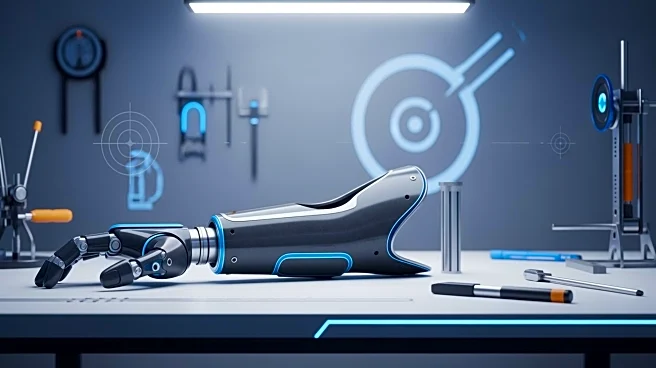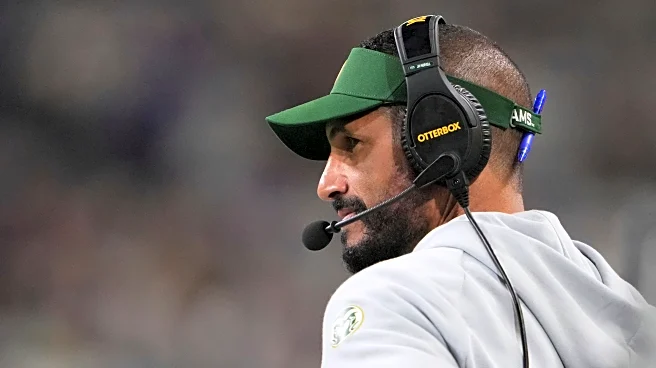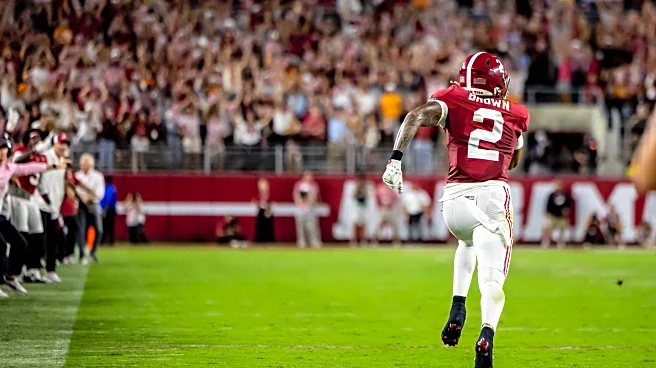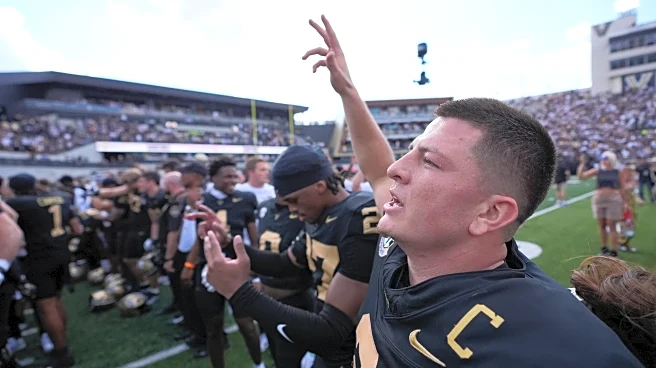What's Happening?
Eric Bennett, a Paralympic archer and engineering teacher at Shadow Ridge High School in Surprise, Arizona, is challenging his students to design prosthetic arms using 3D printers and laser cutters. Bennett, who
lost his arm as a teenager, uses his experience to guide students through real-world engineering processes. The project involves creating solutions for tasks like holding a fishing rod or playing video games with one arm. Bennett emphasizes client-based interactions and encourages students to incorporate accessibility and inclusivity into their designs, drawing on the Americans with Disabilities Act for guidance.
Why It's Important?
This initiative not only equips students with practical engineering skills but also fosters a mindset of inclusivity and accessibility in design. By engaging with real-world challenges, students learn to consider the needs of individuals with disabilities, potentially influencing their future careers in engineering. Bennett's approach highlights the importance of adaptive design and the role of education in promoting social responsibility. The project also serves as a model for integrating personal experiences into teaching, enhancing student engagement and learning outcomes.
What's Next?
As students continue to develop their prototypes, they may explore further applications of their designs, potentially leading to innovations in prosthetic technology. Bennett's class could inspire similar programs in other schools, promoting hands-on learning and inclusivity in STEM education. The project may also attract attention from prosthetic companies interested in collaborating with young engineers. Long-term, this initiative could contribute to advancements in prosthetic design and accessibility, benefiting individuals with disabilities worldwide.
Beyond the Headlines
The project raises questions about the integration of personal experiences in education and the impact of such approaches on student motivation and learning. It also highlights the potential for educational programs to address societal challenges, such as accessibility and inclusivity. Bennett's work exemplifies how educators can leverage their unique backgrounds to inspire and educate, fostering a new generation of socially conscious engineers.












